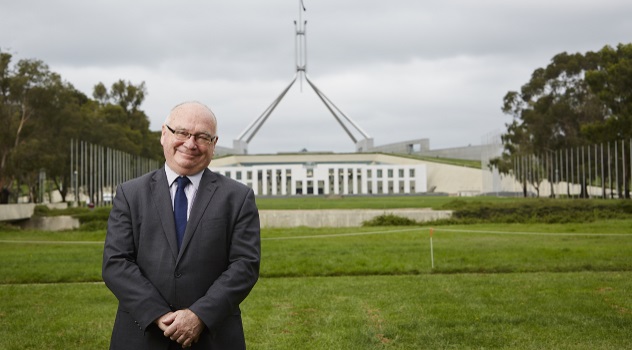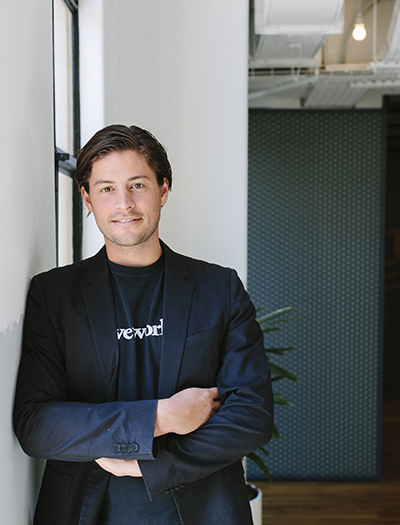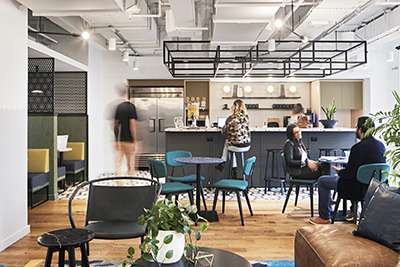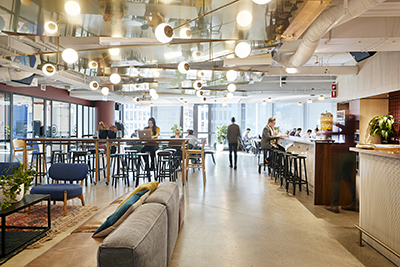Grow our productive industries then productivity will look after itself.
By John Sheridan >>
A FEW DAYS AGO, former Treasury boss Ken Henry said, "Something is desperately wrong" with Australia's economy, which is beset by "structural deficiencies" that cannot be fixed by interest rate cuts or government largesse.
"I fear that it's more than cyclical, that we need to find a way of getting ourselves out of this hole ... when labour productivity is falling, it not only hurts economic growth, but ... fully offsets the increase in workforce participation," Dr Henry said.
Dr Henry argued the main reason productivity was declining was a lack of business investment in new technology and equipment that increased the efficiency of their workforce. 
"Business investment today as a proportion of gross domestic product (GDP) is almost as low as it was in the depths of the early-90s recession," he said.
"The reason why Australia celebrates a current account surplus today is because business investment is so weak. We should not be celebrating this, this is sending us a signal that there is something desperately wrong in Australia."
SO WHAT IS PRODUCTIVITY?
'Productivity is a measure of the efficiency of a person, machine, factory, system etc., in converting inputs into useful outputs.'
For businesses, productivity growth is important because providing more goods and services to consumers translates to higher profits. As productivity increases, an organisation can turn resources into revenues, paying stakeholders and retaining cash flows for future growth and expansion.
So productivity is important.
But productivity in different industry sectors offers different opportunities.
We have productive industries: agriculture, creative industries, defence, education, ICT, manufacturing, medical and health, METS, smart trades and tourism.
New technology, equipment, design, branding and advertising can help create new products and services and open up new markets through export.
WHAT ABOUT SUPPORT INDUSTRIES?
Productive industries are productive. But our support industries don’t offer the same opportunities.
The support industries – public administration, retail, accommodation and food, administrative services, transport, wholesale, personal services, finance, rental and real estate and utilities.
They are there to support productive industry. New technology and equipment can increase efficiency and profit, and help support industries deliver even better support to the wealth generators in the economy – the productive industry sectors.
We need efficiency in both.
But increasing productivity in our productive industries offers the biggest economic benefit. 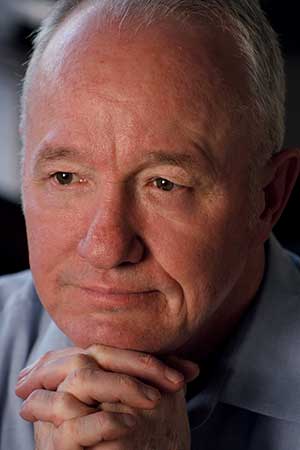
And…
Increasing productivity in productive industries can help in other ways.
It will lead to greater diversification in our economy and steadily diminish our over-reliance on mining, food, education and tourism.
These sectors are very important and will remain important for a long time. But we can’t afford to have all our eggs in one basket. We need more baskets (markets) and more eggs (products and services).
At the moment, we are too reliant on one basket (China) and two big eggs (mining and education). Diversification diminishes risk.
The support industries are there to support the productive industries.
GROWING THE GROWTH AREAS
But our productive industries need to grow. And that won’t happen on its own.
At the moment mining is the backbone of the Australian economy and has been for years. Mining produces royalties. Mining encourages development of new technology. Mining leads the way in robotics development and artificial intelligence (AI).
But we now need to leverage the intellectual horsepower of CSIRO, Data61 and our 38 research-based universities and apply that creative energy of ideas and experimentation across the whole spectrum of our productive industries.
Not just to support the miners and mining related manufacturers, but to generate new productive industries of our own. OEMs.
For our productive industries are where we can generate opportunity with new products and services, diversify our economy, expand our overseas markets and create a more resilient foundation for Australia’s future. For our kids and grandkids.
We have generated deep knowledge from the mining industry, which can be applied elsewhere – water, pollution control, safety, waste management, space, recycling, robotics, off road vehicle automation, energy, remote control systems, AI and drones.
Much of this knowledge is valuable in countries facing similar issues to us. Especially issues with energy, water, pollution, environment, safety and remote control systems = Export.
And we can apply that same intellectual horsepower to other industries – assistive technology, disability services, aged care, energy, waste management, soil health, aquaculture, housing, preventative medicine, manufacturing, sport and recreation = More Export.
CONNECT KNOWLEDGE TO BUSINESS
But we need to connect our universities to business in a more effective and impactful way.
The lack of synchronisation between business and academia in Australia is criminal.
Universities are funded, measured and rewarded for teaching and publishing, but not for engagement with industry. The funding model for industry engagement is clumsy and frugal.
Government has made it hard, not easy, for universities to engage. Universities should be rewarded for helping to create a more diversified economy.
Some universities have made a point of engaging with local business anyway.
And the benefits are obvious. Students gain experience of engaging with real business problems and possible job offers. Business owners gain new insight, perspectives and ideas.
Applied systematically and universally, this approach could turbo charge the whole spectrum of productive industries in Australia. Not just in the capital cities, but in areas surrounding regional universities, and in rural and remote areas through online webinars and conferencing.
We have all the pieces to the big picture. They have just never been assembled in the right order.
We can create and support a wide spectrum of healthy and resilient productive industries.
Agriculture, creative industries, defence, education, ICT, manufacturing, medical and health, METS, smart trades and tourism.
Connected to CSIRO, Data61, universities, TAFEs and high schools, with a focus on innovation, investment, export, sustainability and the future of work and jobs.
That is the big picture. And the pieces all exist. Today.
So…
John Sheridan is CEO of Digital Business insights, an organisation based in Brisbane, Australia, which focuses on helping businesses and communities adapt to, and flourish in, the new digital world. He is the author of Connecting the Dots and getting more out of the digital revolution. Digital Business insights has been researching and analysing the digital revolution for more than 15 years and has surveyed more than 50,000 businesses, conducting in-depth case study analysis on more than 350 organisations and digital entrepreneurs. Now DBi is turning that research into action through a series of digital business development platforms, the first of which launched in 2016, the Manufacturing Toolbox. DBi has also launched a series of international online trade showcases, promoting Australian goods and services to specific countries and promoting use of those showcases in those countries. TAustralia's Regional Economic Development (RED) Toolbox has now been launched at http://theredtoolbox.org. The latest in the toolbox series is the ED Toolbox, which helps high school students, parents and educators navigate the future of work and jobs.
ends

 How to resolve AdBlock issue?
How to resolve AdBlock issue? 
